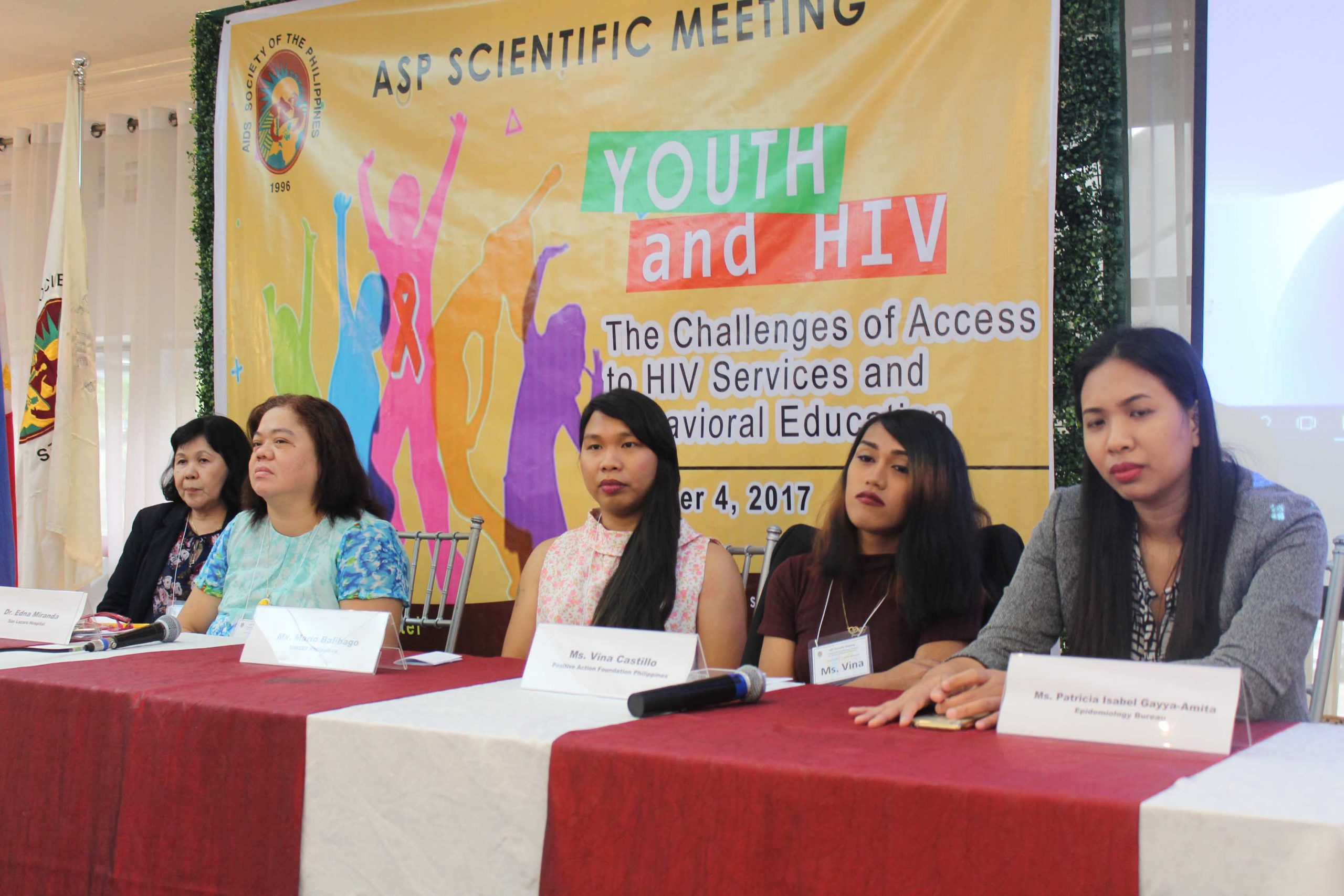By DIANA G. MENDOZA
“IF you don’t take risks, you won’t win.” “If you never try, you’ll never know.” The many twists and takes to these motivational lines have permeated even into people’s sexual adventures, with consequences probably meaningful to some, but not to others.
Health experts said rampant risk-taking in unhealthy sexual practices without considering the outcomes is the main factor that propels the country’s HIV epidemic that currently averages 16 new HIV infections a day—a far cry from a slow trickle of the first few cases two decades ago.

Dr. Lyndon Lee Suy, spokesperson of the Department of Health (DOH), notes that responsible people use protection during sexual contact, are faithful to a regular partner, or practicing abstinence.
But there are people, who for one reason or another, fall prey to recklessness. Lee Suy says the vulnerabilities these people are more compromised during casual and frequent sex with more than one partner and without protection, or the non-use of condoms.
Lee Suy said that if people do not change their unhealthy sexual behavior over time, the Philippines will continue to see an unabated rise of new HIV infections that is bigger and faster in the next years and can ultimately lead to serious problems on resources and quality of life.
But he assured that the Philippines will not experience an HIV epidemic similar to sub-Saharan African countries. “We won’t go the way of African countries. We expect a plateau in several years,” he said. The Philippines was singled out by experts during the 20th International AIDS Conference last July for its “worryingly-high” number of new infections in the last few years until 2013.
The DOH HIV Registry reported the highest number of cases ever recorded in a month last July at 585 new infections, AIDS cases and deaths. Of this number, 309 were AIDS cases, and 96% are males aged 20-29 years old. The main mode of transmission was sexual contact among males who have sex with males (MSM).
Increases in annual deaths from AIDS complications have been noted since 2011 at 68 deaths and 2013 at 176. In the same period until today, the rising number of infections continues to occur in the 15-24 age groups.
“The huge and rapid increase of HIV infections is a result of more people getting tested because their fears have lessened and they are aware of their risks,” said Lee Suy. He said the government’s efforts of active case-finding is complemented by non-government groups that provide information and advocate for proper counseling and testing through confidential approaches using social media and personal contact.

The DOH maintains that unprotected sex is the major trigger, and risk-taking reinforces it. This is a reality especially among the youth today, according to DOH Assistant Secretary Eric Tayag, head of the department’s epidemiology center.
Tayag cited focused group discussions among young males who showed accurate knowledge of the transmission and prevention of HIV, especially condom use. “But when shown sexual and porn images, they lost their willpower and self-control and said they might no longer use protection during sex,” Tayag said.
“The phase of trying new things among young people is compromised more by the lure of new information in media, facilitated by technology,” said Tayag adding that the task of moderating the effects of these two influences falls largely on adults.
Academe-based researchers of the University of the Philippine Population Institute (UPPI) said their 2013 Young Adult Fertility and Sexuality Survey (YAFS) revealed new technology has brought young people new means of meeting partners and of having sex, and this could mean increased risks not just for pregnancy but for sexually-transmitted infections.
The YAFS 2013 that interviewed 19,178 youth aged 15 to 24 said one in every four youth have sent or received a sex video through their mobile phones or the Internet, and this practice is higher among males in Metro Manila.
Four in every 100 have had sex with someone they met online or through text messages, and six in every 100 have engaged in phone sex. They also record themselves having sex with another person, and this is practiced by one in every 100.
Early sex is common; one in every three already had sex, and this translates to 6.2 million youth who have had their first experience having sex. A huge 78% of first timers did not use protection — 73.4% of males and 83.8% of females.
Among older people, the high level of knowledge about sexually transmitted infections and prevention through condom use at more than 70% is still not par with the low use of condoms at only 34%.



